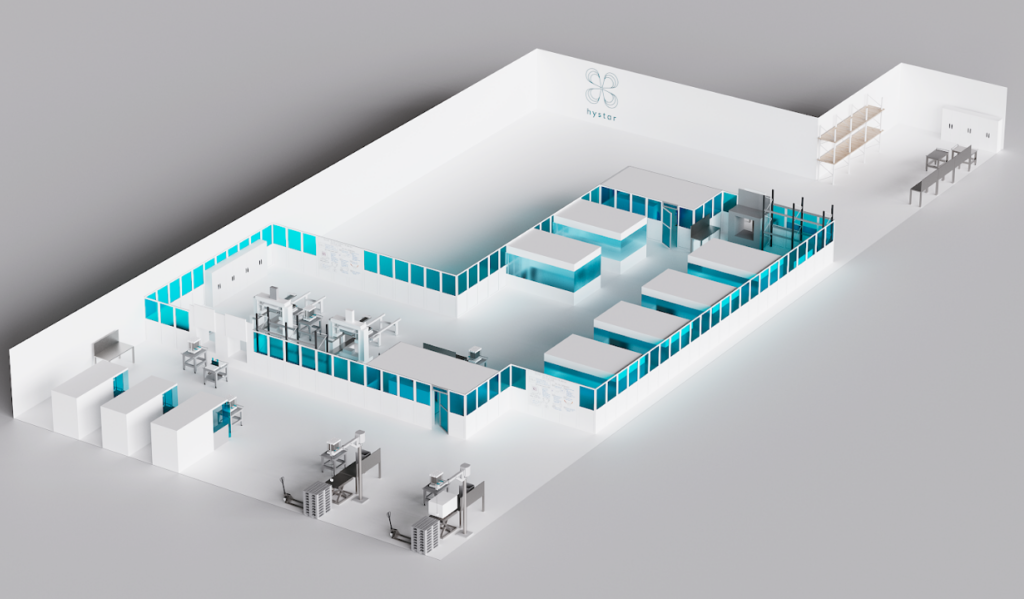Hystar has awarded the Front-End Engineering Design (FEED) contract to thyssenkrupp Automation Engineering for its upcoming automated electrolyser manufacturing line in Høvik, Norway.
This move is a critical step in Hystar’s plan to expand its production capacity, aiming to increase efficiency and scale operations from the current 100 MW to a gigawatt-scale facility.
One of the key features of Hystar’s planned factory is its compact footprint, requiring only 2,500 m² to accommodate stack assembly, quality control, and testing. While this space-saving design is presented as an innovation, the real impact on production efficiency and scalability remains to be seen. In an industry where space and infrastructure are often abundant, the emphasis on a small footprint raises questions about whether this design choice is driven by necessity rather than strategic advantage.
Hystar’s reliance on an existing, high-volume supply chain to quickly scale up production is both a strength and a potential vulnerability. While tapping into established suppliers can expedite production, it also means Hystar’s growth is dependent on external factors beyond its control. In a rapidly evolving market like green hydrogen, where supply chain disruptions can have significant impacts, this strategy may need to be reevaluated to ensure long-term resilience.
Hystar’s CEO, Fredrik Mowill, highlighted the significance of the automated factory in enhancing the company’s ability to deliver large-scale green hydrogen projects. However, the success of this venture will depend not just on the factory’s construction but on how effectively Hystar can leverage this new capacity to compete in a crowded and competitive market. The partnership with thyssenkrupp is a promising start, but whether it will be enough to elevate Hystar into a leading role in the hydrogen industry remains uncertain.
